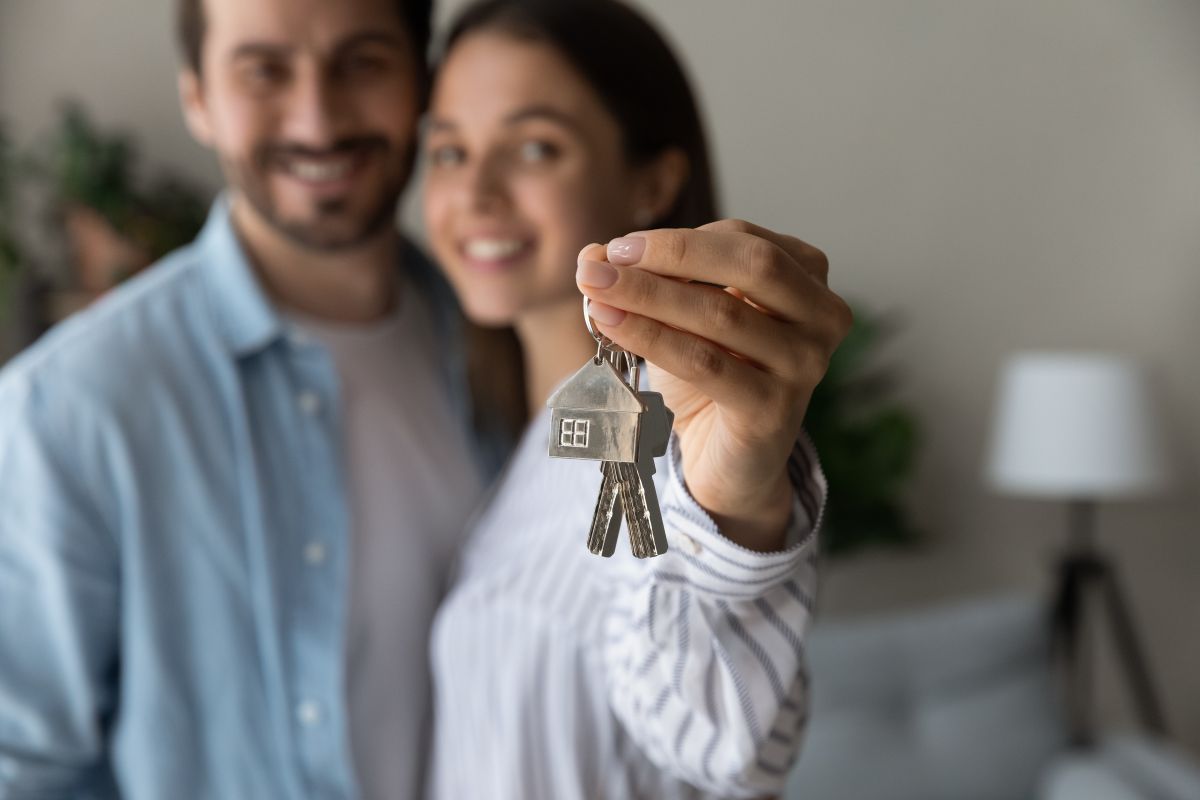So, your mortgage has been approved—congratulations! That’s a huge milestone in your home-buying journey. But what happens after mortgage approval? Many buyers in Ireland are surprised to learn that approval isn’t the final step. In fact, there are still several tasks to complete before you get the keys and move into your new home.
This guide will walk you through what to do after mortgage approval, the key milestones to expect, and how to avoid delays as you move toward completion day.
What does mortgage approval mean and what are the next steps?
Mortgage approval means a lender has reviewed your financial information and agreed—in principle—to lend you a certain amount for your property purchase. However, the loan won’t be issued until specific conditions are met.
The next steps include:
- Meeting your lender’s approval conditions
- Completing a property valuation
- Going “sale agreed” on a home
- Finalising your mortgage paperwork
- Working with your solicitor to handle legal matters
- Arranging insurance and transferring funds
Let’s break it down step by step
1. Review your mortgage AIP (Approval in Principle) carefully
Your AIP is your lender’s confirmation that you’re pre-approved to borrow a specific amount—based on your income, savings, and repayment capacity.
Use this stage to double-check key details:
- Recheck the approval conditions (e.g., proof of income, savings, employment)
- Confirm the validity period (most AIPs are usually valid for around 6 months)
- Make sure you’re aware of what documentation is still required to move forward smoothly.
👉 Need help understanding the documents? Here’s our guide to the documents needed for a mortgage
2. Time to find your perfect home
With your Approval in Principle (AIP) secured, it’s time to start house hunting!
- Stick to your budget: Look for homes within your approved mortgage range to avoid disappointment later.
- Get friendly with estate agents and arrange viewings: They are working for the sellers but can help you discover suitable listings that fit your criteria.
- Be thorough during viewings: Ask questions about the BER rating (Building Energy Rating), overall condition, and what the local area is like—schools, transport, noise levels, etc.
🧠 Tip: Don’t forget to factor in all costs associated with buying a house
3. Make an offer and go sale agreed
Once you’ve found “the one,” make a formal offer. If accepted:
- You’ll receive a sale agreed letter
- You will be asked for a booking deposit
- You’ll share the booking deposit receipt with your mortgage broker
🏡 Once sale agreed, the real paperwork begins!
4. Find your solicitor or conveyancer
Your solicitor is a key player in the home-buying process, handling all the legal aspects to ensure everything runs smoothly.
- They’ll take care of: Reviewing the legal documents and title
- Communicating with the seller’s solicitor
- Ensuring all legal matters are resolved before closing
It’s important to choose someone experienced in property transactions in Ireland. If you’re unsure where to start or need guidance on suitable products for your move, your MortgageLine Broker can recommend the best mortgage for moving home and a trusted solicitor from our panel.
5. Arrange for a property survey or valuation
Before your mortgage can be finalised, your lender will require a professional valuation to confirm the property is worth the agreed price.
In addition, some buyers —especially those purchasing older homes—opt for a structural survey to identify any potential issues before committing.
🔍 Tip: The mortgage valuation is paid for by the buyer (You) and must be completed before your full loan offer can be issued. (Only exception is BOI who will issue a loan offer without a mortgage valuation.)
6. Review and sign the contracts and mortgage offer letter
At this stage, your lender issues a formal loan offer, which includes key details such as:
- The approved mortgage amount
- Your interest rate and loan term
- Any special conditions (home insurance, valuation, etc.)
Your solicitor will carefully review draft contracts and raise any concerns or queries. Only when all parties are satisfied will you be asked to sign the contracts, officially committing to the purchase.
💡 Note: Your booking deposit is usually fully refundable up until the point you sign and return contracts to the seller’s solicitor.
7. Finalise your deposit and finances
Ensure you have your deposit saved and ready for transfer. This includes:
- Your deposit – typically 10% of the purchase price for first-time buyers in Ireland Stamp duty – 1% for properties under €1 million
- Additional costs – such as legal fees, valuation fees, and survey costs
Need help budgeting? Check out our guide: how much do you need for a mortgage
8. Exchange contracts (for home purchases)
This step marks your legal commitment to purchasing the property. Once both you and the seller sign the contracts:
- Your deposit is paid (normally 10%) to the seller’s solicitor
- Both parties are now legally bound to complete the sale
📅 This typically happens at least a few weeks before the final drawdown of funds, giving time to prepare for completion.
9. Get ready for completion day
You’re nearly there! In the final steps before completion, make sure everything is in order:
- Your life insurance and home insurance are in place
(MortgageLine can help you with these) - All final conditions from your lender are met
- Your solicitor is ready to draw down your mortgage funds
Insurance is often a mortgage condition, so don’t leave this until the last minute! Your MortgageLine Broker will make sure you are ready well in advance.
10. Completion and collecting the keys
This is the moment you’ve been waiting for—your home is officially yours!
Here’s what happens on completion day:
- Your lender releases the mortgage funds to your solicitor
- Your solicitor transfers the funds to the seller’s solicitor
- You receive confirmation of ownership
- 🗝️ And finally… you collect the keys to your new home!
Congratulations—you’re now a homeowner!
MortgageLine can help with every step in your mortgage journey
At MortgageLine, we’re not just about getting you approved—we’re here from start to finish.
✅ Help you understand the best mortgage for first time home buyers
✅ Guide you through every stage—from Application to AIP to post-approval steps and final completion
✅ Liaise with lenders, solicitors, and insurers on your behalf
✅ Provide regular updates and expert support along the way
Want peace of mind as you move through the process —even after approval? We’re ready to help.
FAQs
At what stage is a mortgage approved?
Approval typically comes in two phases: AIP (approval in principle) and formal loan offer. Once you have the loan offer and conditions are met, you’re ready to move to completion.
What is the last stage in the mortgage process?
The final stage is completion day, when funds are drawn down and the keys are handed over.
What are the final steps in the mortgage process?
- Sign contracts
- Arrange insurance
- Drawdown mortgage
- Transfer funds
- Collect your keys
💬 Ready to move from approval to homeownership? Contact MortgageLine today—we’re here to help at every stage of the journey.






